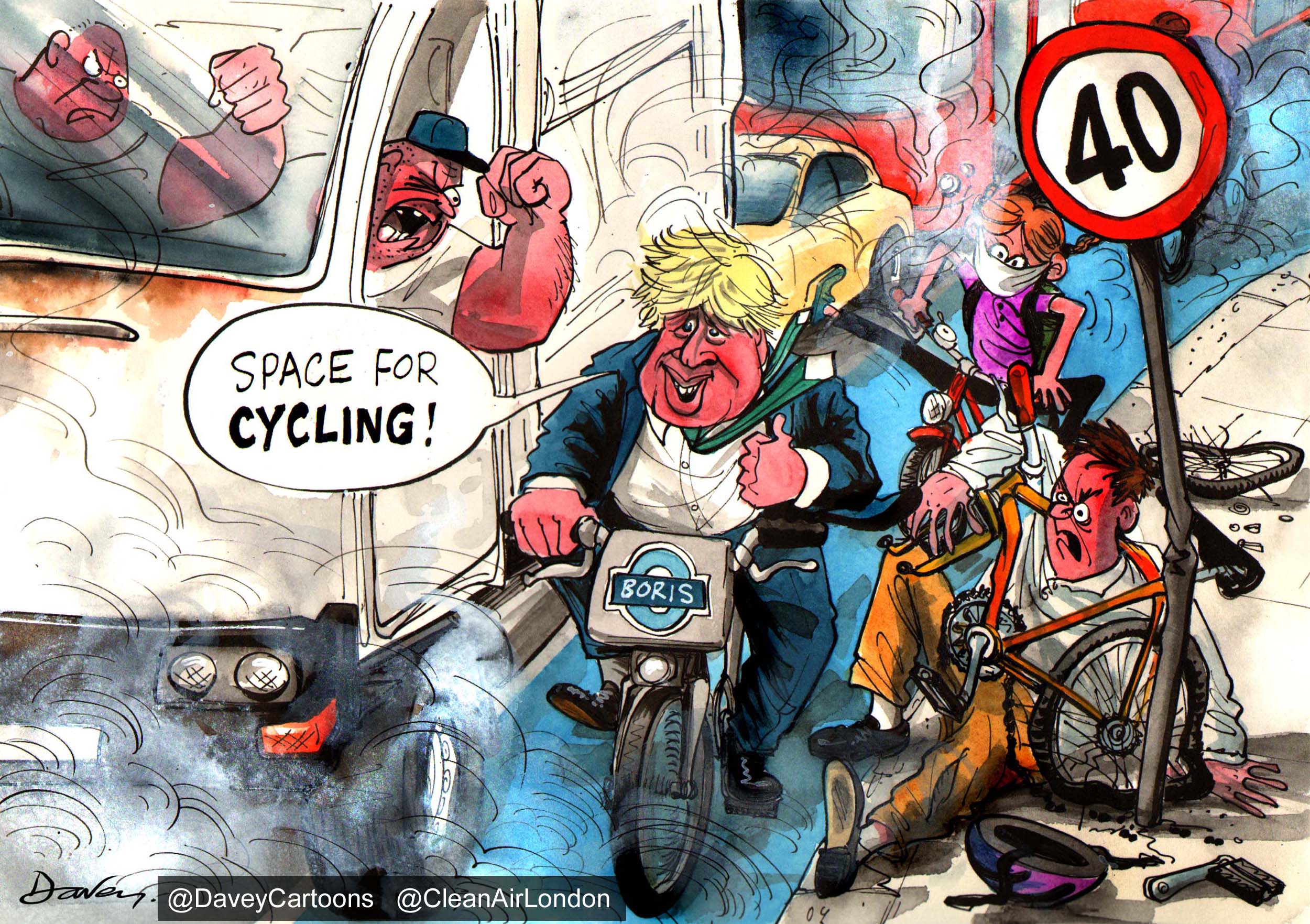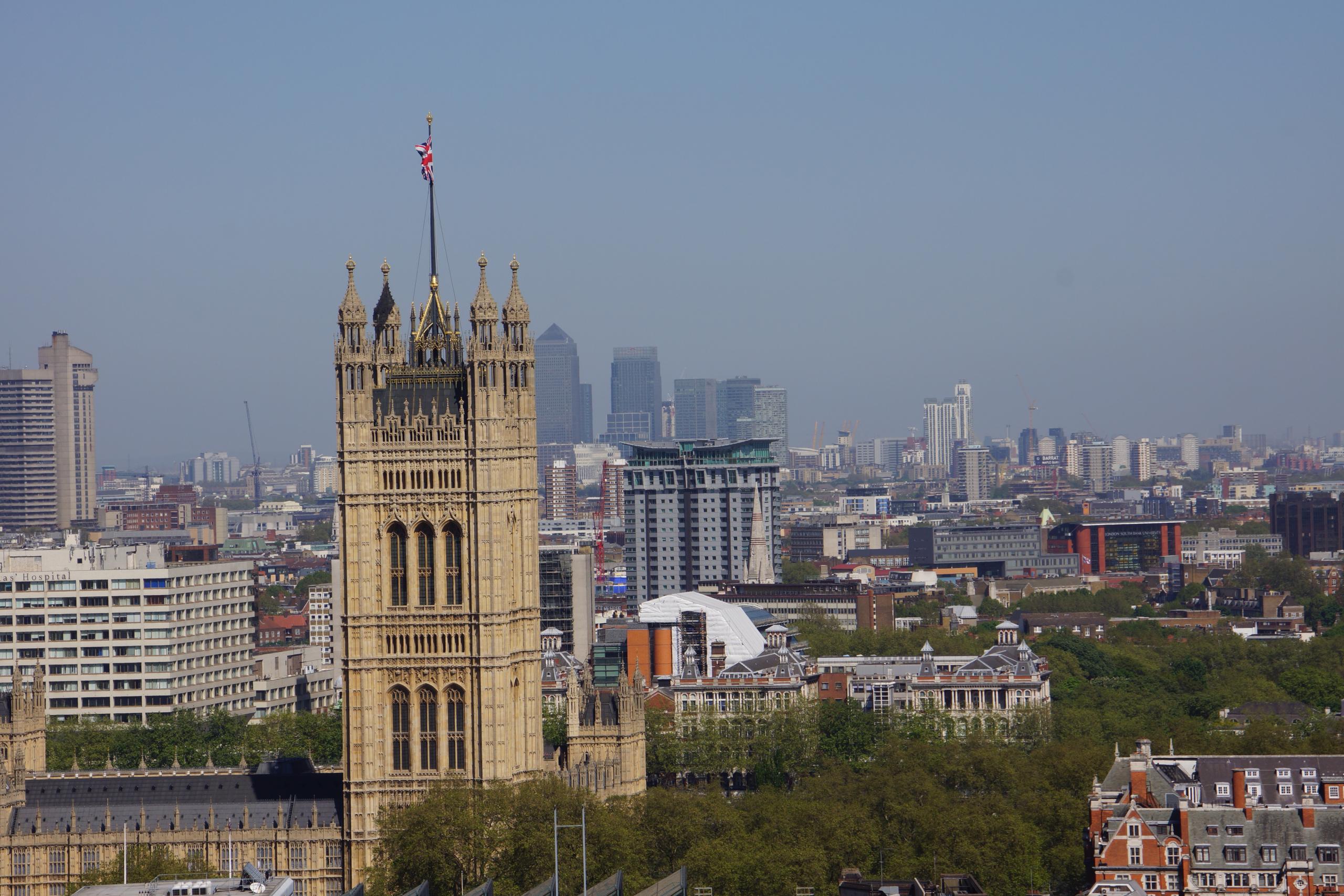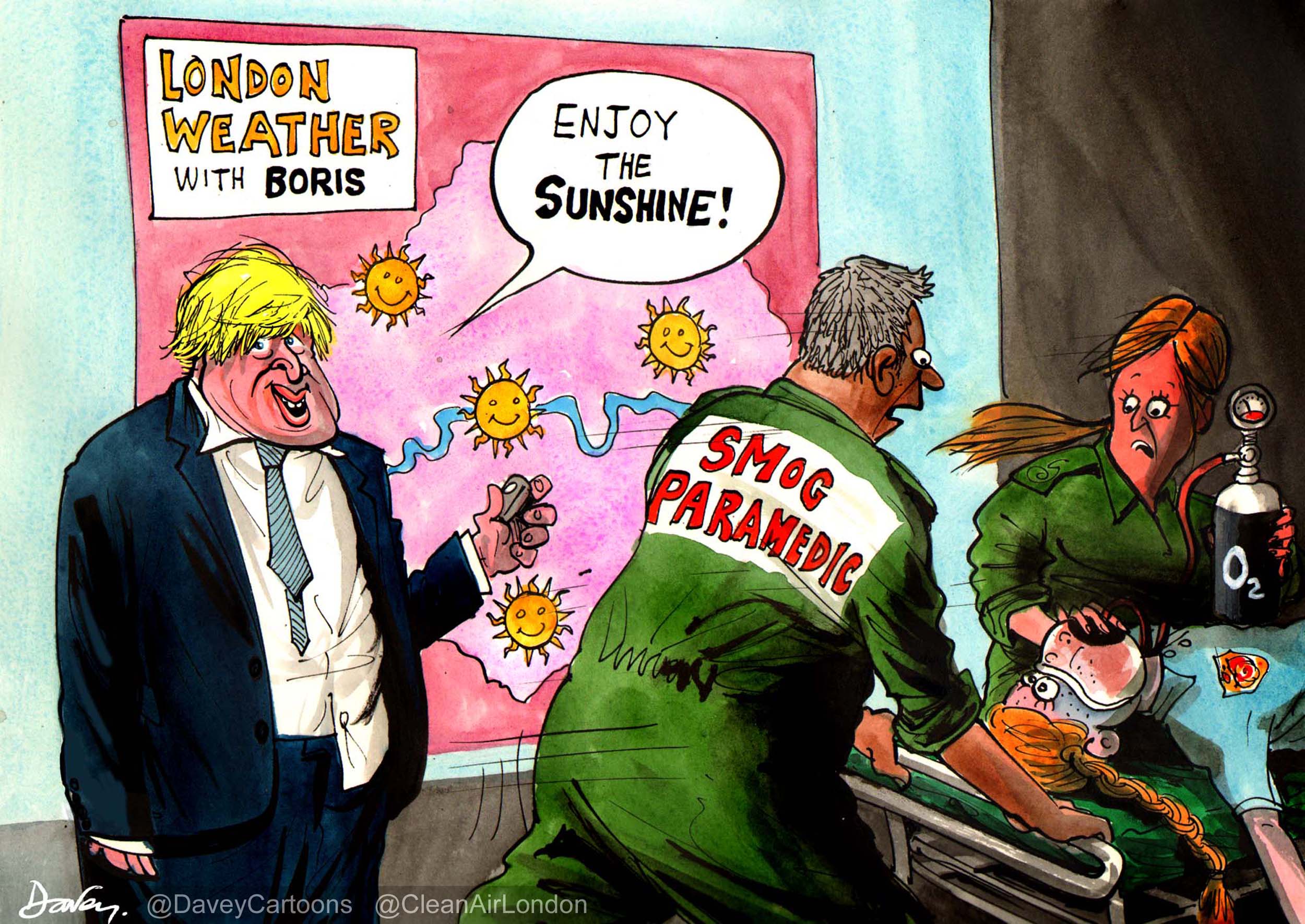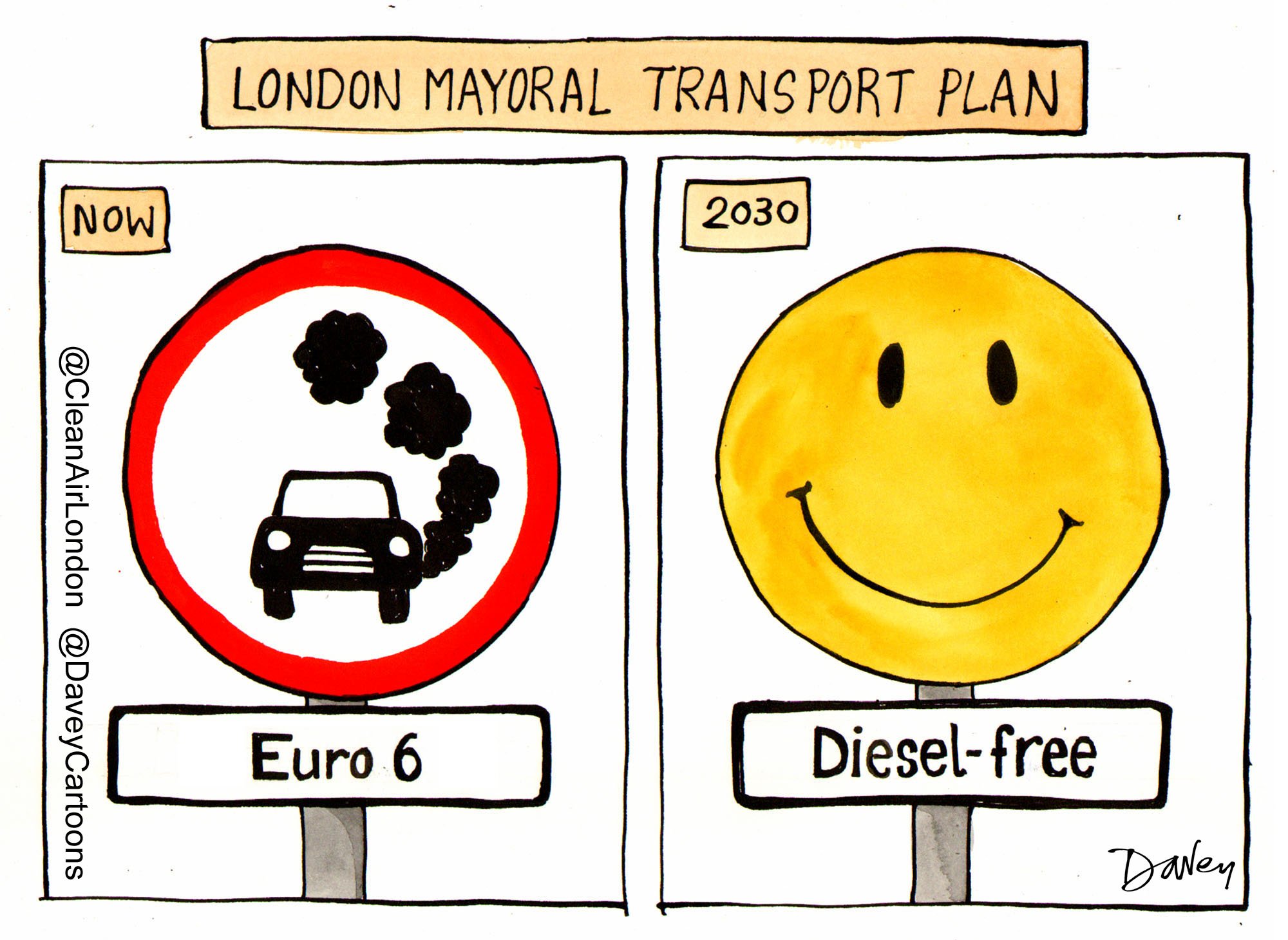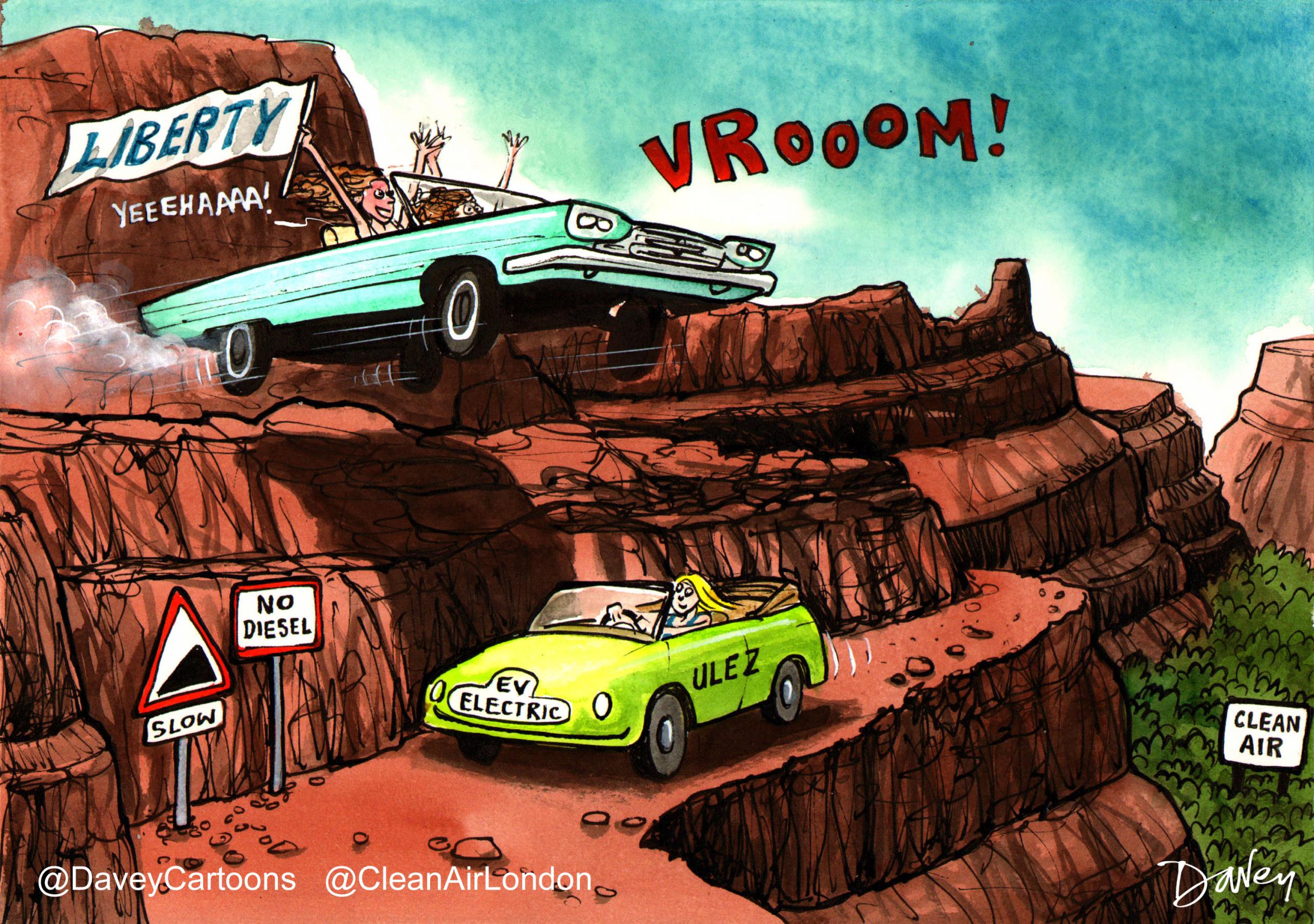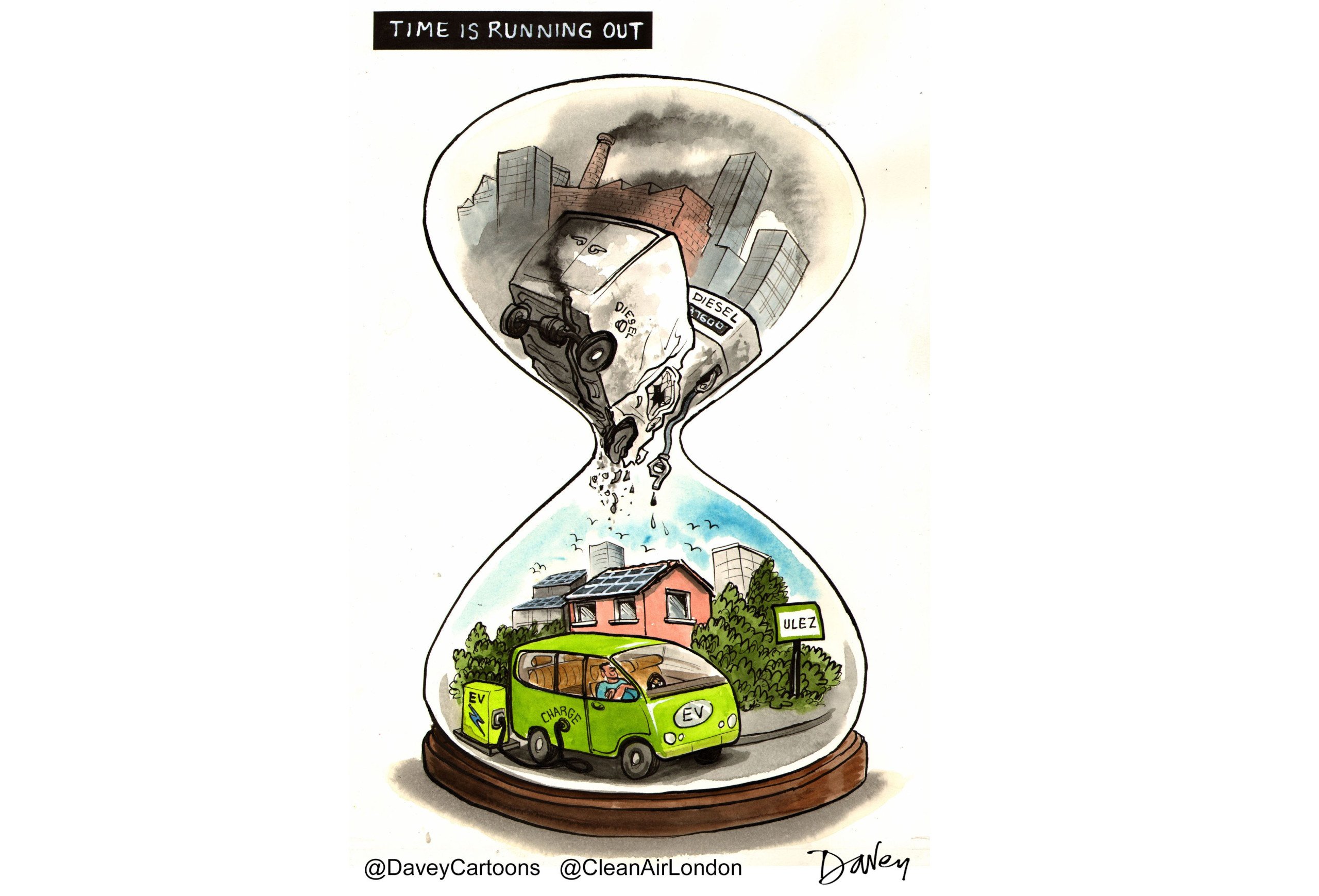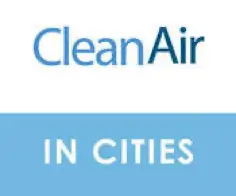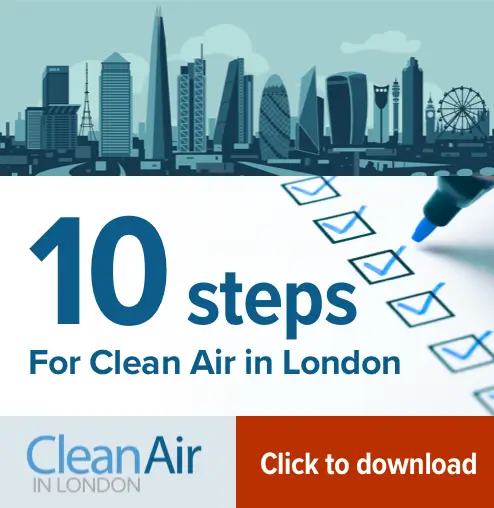Clean Air in London emphatically supports East-West and North-South Cycle Superhighways
However, Mayor Johnson must be honest about their impacts and address these in full. CAL wants the Mayor to accelerate the implementation of the CSH and mitigate in full any consequent increases in air pollution e.g. by increasing the Congestion Charge in early 2016 and bringing forward a first phase of the so-called Ultra-Low Emission Zone by early 2018
CAL warns TfL not to repeat its cavalier approach to this consultation in other consultations
Dear Mayor Johnson and Transport for London
Clean Air in London(CAL) welcomes the opportunity to be consulted on Transport for London’s (TfL’s) proposals for East-West and North-South Cycle Superhighways (East-West and North-South CSH) (the Consultations). The Consultations can be seen here:
http://www.tfl.gov.uk/campaign/cycle-superhighway-consultations
CAL is a voluntary organisation which campaigns to achieve urgently and sustainably full compliance with World Health Organisation guidelines for air quality throughout London and elsewhere.
CAL is independent of any government funding, has cross party support and a large number of supporters, both individuals in London and organisations. CAL provides a channel for both public concern and expert opinion on air pollution in London. This document provides both general and expert comments in response to the Consultation.
Traffic is a major cause of air pollution in London, which in turn causes thousands of premature deaths per year, and many thousands more illnesses, chronic illness and disability. For this reason, traffic and cycling measures are also measures to deal with air pollution.
Emphatic support
CAL emphatically supports East-West and North-South CSH. In particular, CAL welcomes:
- investment in transport infrastructure for modes with zero emissions at point of use;
- measures likely to accelerate modal shift to cycling (or walking) in London;
- the use of quieter and therefore less polluted roads and the Royal Parks for sections of the CSH; and
- segregated routes for cyclists. CAL estimates that cycling rates might double ‘overnight’ if people were not so afraid of traffic and air pollution*.
*TfL’s cycling survey in 2012 found that:
- 8% of Londoners commute by bicycle at present (unchanged since 2011);
- a quarter (26%) of Londoners could commute by bike but don’t currently; and
- ‘Too dangerous’ was the top reason, cited by a staggering 26%, from those expressing reasons for cycling less (slide 31).
http://www.tfl.gov.uk/cdn/static/cms/documents/attitudes-towards-cycling-2012-report.pdf
For those citing ‘Too dangerous’, explanations given included ‘Traffic too busy’ 50%; ‘Fear collisions’ 33%; and ‘Other road users’ 10%. Only segregated cycling lanes will address these problems.
CAL wants the Mayor and TfL to be more ambitious. Please accelerate the implementation of the CSH, including the extensions of the East-West CSH over the Westway flyover section to Acton and the North-South CSH to King’s Cross, with their full implementation (and mitigation of any air pollution impacts) by early 2016.
Mayor Johnson and TfL must be honest about the impacts of the CSH and address these in full. Any consequent increases in air pollution should be mitigated by increasing the Congestion Charge in early 2016 and bringing forward a first phase of the so-called Ultra-Low Emission Zone to early 2018.
Please increase the proportion of CSH along less polluted streets wherever possible in these and future CSH schemes. The busier and much more polluted ‘Red routes’ should only be used when absolutely necessary and then with maximum protection for vulnerable road users.
Need for full and simultaneous mitigation of air pollution impacts
CAL is deeply concerned that the Mayor and TfL have not provided an ‘Integrated impact assessment’ for their proposals. The limited information available states that journey times (i.e. congestion) would worsen on some lengths of the proposed routes. Air pollution is therefore likely to increase on such roads.
TfL has failed to provide any information about the impact of the CSH on air pollution. The impacts on some journey times due to increased congestion are significant. The worst examples identified by TfL include:
East-West CSH
“The biggest changes to journey times would not occur in central London or on the superhighway section, but on the A1203 and A13 east of Tower Hill, where road space would remain the same as now but westbound traffic will be held longer at various points to control the flow on to Tower Hill and Upper Thames Street. To evaluate the scale of these impacts, we have modelled a journey between the eastern end of the Limehouse Link Tunnel and Hyde Park Corner. The current journey time westbound is currently 34 minutes 34 seconds in the morning and 30 minutes 51 seconds in the evening. Once the scheme is built, journeys for general traffic in this direction would be 50 minutes 28 seconds in the morning and 44 minutes 20 seconds in the evening. The same journey eastbound is 27 minutes 51 seconds in the morning and 30 minutes 51 seconds in the evening. Once the scheme is built, these journey times would increase to 35 minutes 29 seconds in the morning and 35 minutes 6 seconds the evening.”
North South CSH
“[TfL has] also modelled a journey for general traffic between Stamford Street and Queen Victoria Street. Journeys for general traffic starting on Stamford Street and travelling north over Blackfriars Bridge to Queen Victoria Street would increase from 3 minutes 45 seconds to 15 minutes 43 seconds in the morning, and from 3 minutes 20 seconds to 12 minutes 41 seconds in the evening. Much of this increased journey time would be on Stamford Street itself, approaching the junction with Blackfriars Road. Journeys heading south in the opposite direction would be quicker by 2 minutes 11 seconds in the morning and by 1 minute 41 seconds in the evening.”
Of course, a major increase in cycling provision should encourage mode shift and therefore overall traffic reduction. However no quantification is provided and the projected increases in congestion imply that TfL expects broadly the same volume in traffic to use reduced road space.
In CAL’s opinion, increases in journey times and congestion are highly likely to result in increases in emissions and therefore air pollution concentrations. TfL’s planned mitigation is vague and unquantified in benefit and says nothing at all about air pollution.
This contrasts with the detailed information provided for a scheme of similar potential impact i.e. the removal of the western extension of the congestion charging zone (WEZ). See the WEZ consultation documents:
http://www.tfl.gov.uk/corporate/publications-and-reports/congestion-charge
http://www.tfl.gov.uk/cdn/static/cms/documents/annex-b-vo1-iia-report.pdf
As you know, the removal of the WEZ unwound a 10% reduction in overall vehicle kilometres after charging was introduced there (page 9 of the Integrated Impact Assessment).
The WEZ consultation documents predicted an increase in journey time per kilometre of 15-21% above the night time travel rate leading to a 2-4% increase in emissions of oxides of nitrogen (NOx) and dangerous airborne particles (PM10) with about half that in terms of increased annual mean concentrations of nitrogen dioxide (NO2) and PM10 (page 23 of the Integrated Impact Assessment).
To mitigate the air pollution impacts, CAL considers the Mayor and TfL must therefore:
- increase the congestion charge in the Central London Congestion Zone when the CSH are implemented and extend the Zone, if modelling shows it is necessary, to a wider area;
- introduce a first phase of the so called Ultra-Low Emission Zone (ULEZ) throughout inner London by early 2018 based on the Berlin scheme in operation since January 2010;
- ban all diesel exhaust from the most polluted places by 2020; and
- warn cyclists and others about the dangers of diesel exhaust and other traffic pollution with advice for people on protecting themselves (i.e. adaptation) and reducing air pollution for themselves and others (i.e. mitigation).
Separately, CAL is concerned that TfL is ‘gold-plating’ the CSH scheme (e.g. by including ‘Public realm’ measures within a cycling project and unnecessarily elaborate infrastructure) such that the cost is likely to be far greater than necessary. Please see the amazing work down by Camden Council in Royal College Street at minimal cost. CAL recollects that this much lauded scheme cost a total of about £75,000 (excluding routine maintenance). See:
http://camdencyclists.org.uk/2013/09/royal-college-street-cycle-track/
CAL warns TfL not to repeat its cavalier approach to this consultation in other consultations
The Mayor and TfL have adopted a cavalier approach to this consultation. For example they have:
- failed to provide an integrated impact assessment;
- failed to comply with the requirements confirmed recently by the Supreme Court in R (Moseley) v LB Haringey [2014] UKSC 116 (which set out the content of duty to consult)
– First, the question in every case is simply whether what fairness requires in that particular context has been done – or (per Lord Reed) whether the purpose of any statutory duty to consult has been properly met.
– Second, there is a clear need for consultation to be accessible to the people at whom it is aimed. The courts should now be less willing to accept arguments by public authorities that issues which are not addressed properly or at all in the consultation materials should be ‘obvious’ to consultees and therefore did not need to be included.
– Thirdly, Lord Wilson expressly held that the requirements of consultation are more strict when what is being proposed is a reduction in services or the withdrawal of a benefit.
- failed to provide any estimates of impacts on emissions or air pollution; and
- failed to quantify the impact of mitigation measures.
CAL notes anyway that the sort of mitigation measures proposed by the Mayor and TfL are needed anyway to reduce NO2, PM10 and PM2.5 concentrations in London to comply with European Union limit values and so should not be attributed separately to the CSH.
CAL therefore warns the Mayor and TfL not to repeat their cavalier approach to this consultation in other consultations including the ongoing consultation about the so called Ultra-low Emission Zone.
Please contact me if you have any questions or would like more information on any of the points raised in this letter.
Yours sincerely
Simon Birkett
Founder and Director

